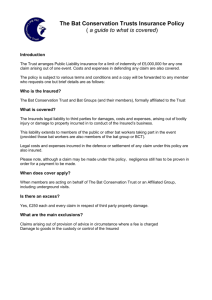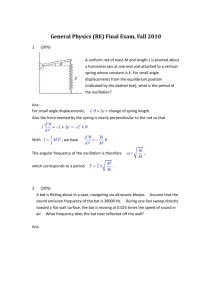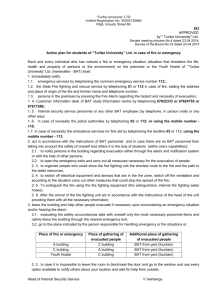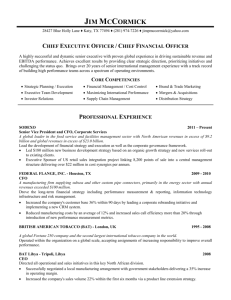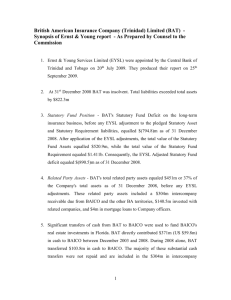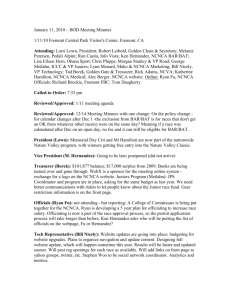The five basic concepts of ecology are
advertisement
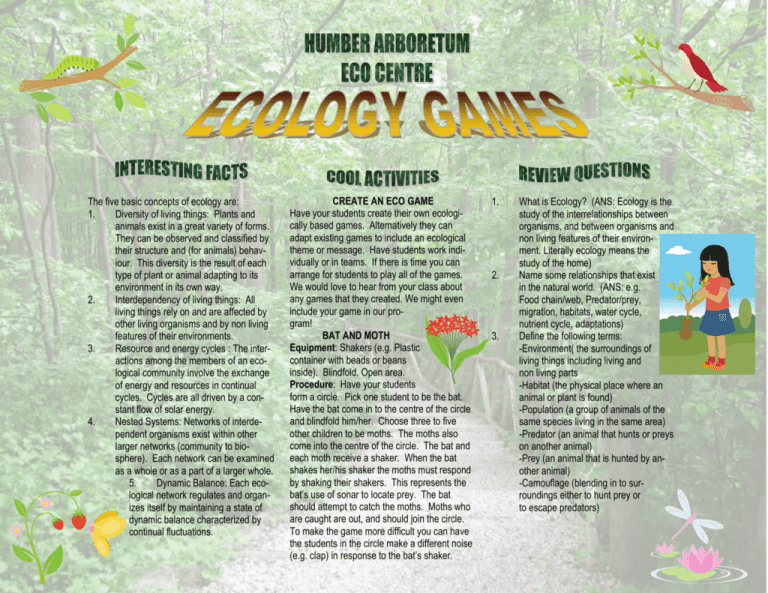
The five basic concepts of ecology are: 1. Diversity of living things: Plants and animals exist in a great variety of forms. They can be observed and classified by their structure and (for animals) behaviour. This diversity is the result of each type of plant or animal adapting to its environment in its own way. 2. Interdependency of living things: All living things rely on and are affected by other living organisms and by non living features of their environments. 3. Resource and energy cycles : The interactions among the members of an ecological community involve the exchange of energy and resources in continual cycles. Cycles are all driven by a constant flow of solar energy. 4. Nested Systems: Networks of interdependent organisms exist within other larger networks (community to biosphere). Each network can be examined as a whole or as a part of a larger whole. 5. Dynamic Balance: Each ecological network regulates and organizes itself by maintaining a state of dynamic balance characterized by continual fluctuations. CREATE AN ECO GAME Have your students create their own ecologically based games. Alternatively they can adapt existing games to include an ecological theme or message. Have students work individually or in teams. If there is time you can arrange for students to play all of the games. We would love to hear from your class about any games that they created. We might even include your game in our program! BAT AND MOTH Equipment: Shakers (e.g. Plastic container with beads or beans inside). Blindfold. Open area. Procedure: Have your students form a circle. Pick one student to be the bat. Have the bat come in to the centre of the circle and blindfold him/her. Choose three to five other children to be moths. The moths also come into the centre of the circle. The bat and each moth receive a shaker. When the bat shakes her/his shaker the moths must respond by shaking their shakers. This represents the bat’s use of sonar to locate prey. The bat should attempt to catch the moths. Moths who are caught are out, and should join the circle. To make the game more difficult you can have the students in the circle make a different noise (e.g. clap) in response to the bat’s shaker. 1. 2. 3. What is Ecology? (ANS: Ecology is the study of the interrelationships between organisms, and between organisms and non living features of their environment. Literally ecology means the study of the home) Name some relationships that exist in the natural world. (ANS: e.g. Food chain/web, Predator/prey, migration, habitats, water cycle, nutrient cycle, adaptations) Define the following terms: -Environment( the surroundings of living things including living and non living parts -Habitat (the physical place where an animal or plant is found) -Population (a group of animals of the same species living in the same area) -Predator (an animal that hunts or preys on another animal) -Prey (an animal that is hunted by another animal) -Camouflage (blending in to surroundings either to hunt prey or to escape predators)




